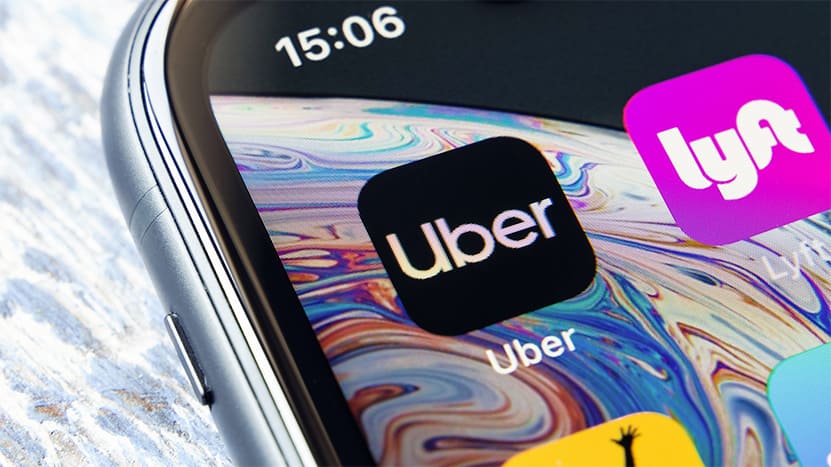If you follow branding trends, you undoubtedly heard about the most recent Uber rebranding. They’ve replaced 2016’s odd, blue circuit board pattern with a simple, clean font, and in doing so, invited the opinion of every branding professional, designer, and enthusiast.
According to Fast Company, one of Wolff Olins’ primary goals was legibility. The old logo had caused problems both being viewed at higher rates of speed and distance and across languages. They wanted something clear and visible. They developed a typeface for the brand with this in mind. It’s worth reading into the thought that went into its creation with respect for these points.
But it’s difficult to see uber rebranding as separate from the controversy the company is already well-known for. From “Boober” to spying on Beyoncè, to Trump ties, to sexual harassment, to a Google lawsuit, to Travis Kalanick, Uber has a significant reputation problem.
The question is, is yet another Uber rebranding—this rebranding—enough to help Uber move past it’s short, dramatic life? Maybe.
It’s a strategy.
It may appear like simply a bid to shed an old persona when the old one no longer serves, but there is a method to it.
“We tried to kick out all the micro-moments where trust was eroded,” says Forest Young, Creative Director at Wolff Olins, the agency who did the rebrand. This meant every moment where a rider couldn’t reconcile the old, atomic logo with the vehicle in front of them had to go. They had to re-create trust with customers in a tangible way, not from a high tower.
It’s not immune to criticism.
Our own creative team had mixed reactions. Some felt the changes were too safe and even safe to the point of disingenuous. “The logo seems to get safer as their reputation gets worse”, one person said. “Design saves, but not if your vision and purpose are polluted by your actions” was another. Some felt exasperation over the frequency leading to customer confusion, and some were disappointed they abandoned the old design. At the end of the day, it’s indisputably well-done. But whether or not it changes minds or eases suspicion is hard to predict.
Uber has an uphill challenge to undo the damage to their reputation. This rebrand may represent a step in that direction. It’s certainly clearer, less confusing, and more visible. But at the same time, rebranding too frequently may raise questions of credibility and instability.







